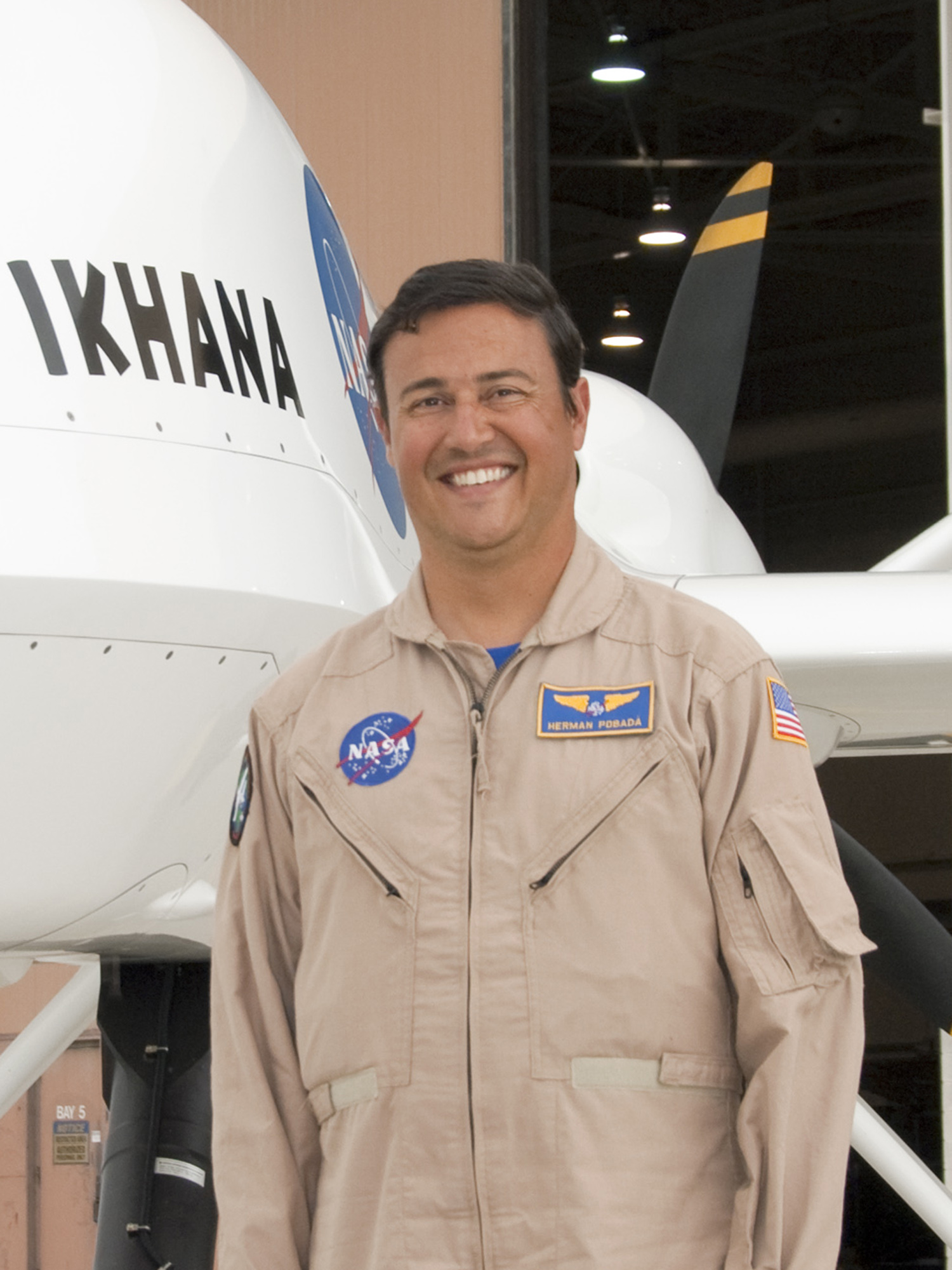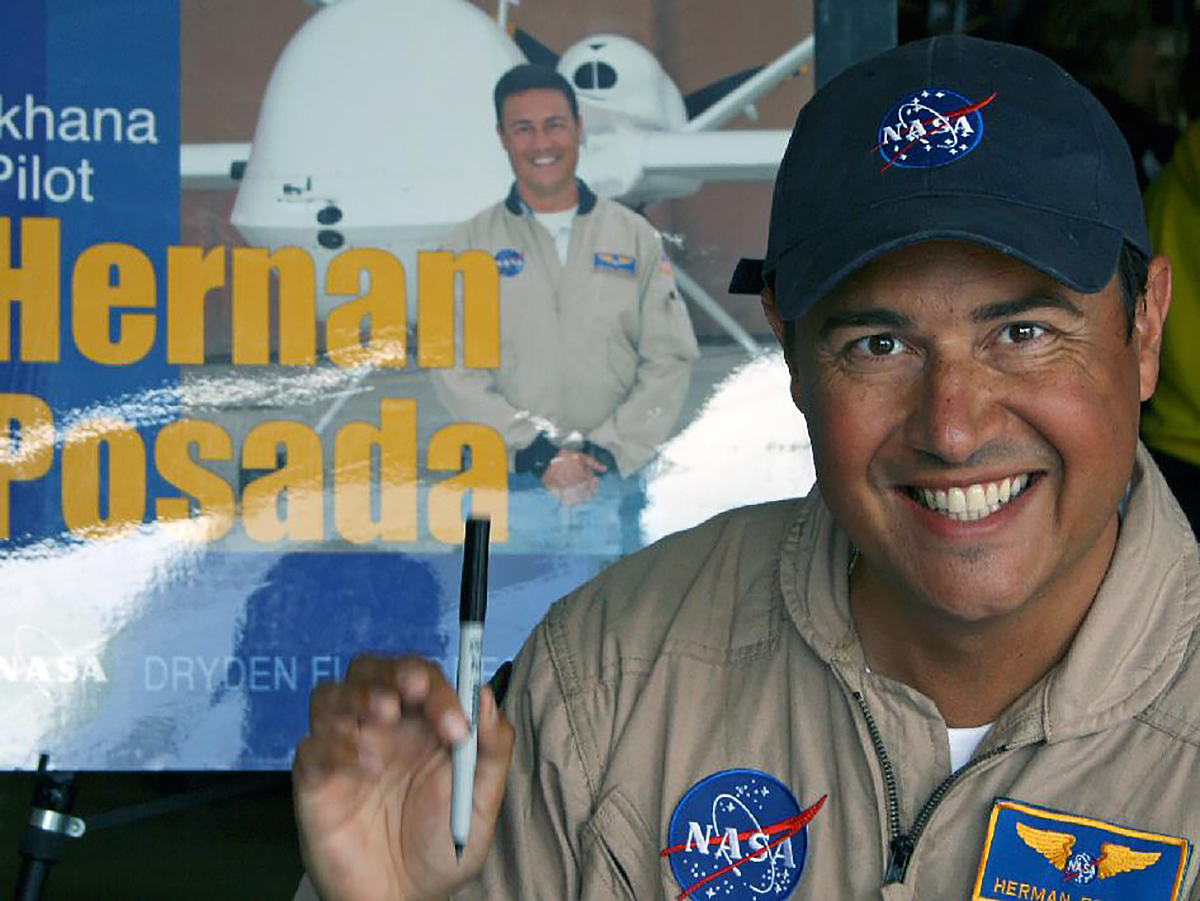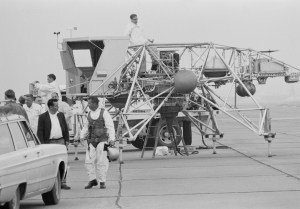Hernan Posada knew as a child that he wanted to be a pilot and now he is one at NASA’s Armstrong Flight Research Center at Edwards Air Force Base in California. He flies several remotely piloted aircraft and mission support planes such as NASA’s B200 King Air.
The son of two Colombia natives who moved to the United States in the late 60’s, Posada was born and raised in Southern California’s San Fernando Valley. Although he does not come from a family of aviation enthusiasts or industry backgrounds, a family outing at a local airshow at Point Mugu sparked an interest in aviation and set his objective of becoming a pilot.
After that airshow, he did everything he could to be around airplanes.
“I was one of those kids that got my pilots license before my driver’s license,” Posada said. “So, I was actually riding my bike to the airport to go fly.”
In pursuit of a higher education, Posada worked two to three jobs at a time to afford college. The journey was not short or easy, but his hard work eventually paid off. Posada earned an aerospace engineering technology degree from Northrop University in Los Angeles. He also earned an Airframe and Powerplant certificate from Glendale College in California.
Having a pilot’s license and a degree wasn’t the end of the rainbow for Posada.
“In the pilot industry it’s all about hours,” Posada said. “You need the experience to back up that piece of paper.”
Posada began working in the aviation industry in 1989, servicing corporate and general aviation aircraft at Van Nuys Airport in California and moving up to jobs where he flew aircraft. He switched gears and joined General Atomics Aeronautical Systems Inc. in San Diego in August 1996, where he traveled the world piloting a number of unmanned aerial vehicles, like the MQ-1 Predator A and MQ-9 Predator B aircraft.
Posada joined NASA in October 2005.
“When I heard NASA acquired the Ikhana (a variant of the Predator B), I knocked on the door and they embraced me right away,” Posada recalled. “That’s how I got my foot in the door.”
He said his advice to others considering a career at NASA is, “don’t give up, especially if you’re a minority. NASA’s workforce is comprised of engineers, lawyers and cooks. There’s so many jobs you can do here.”
There’s a satisfaction and even status that comes with working at the agency no matter what the job, Posada said. People recognize NASA for its contributions to larger goals that benefit people everywhere and provide inspiration through the agency’s exploration goals.
“My relatives in Colombia think very highly of me because I work at NASA,” he concluded.

































